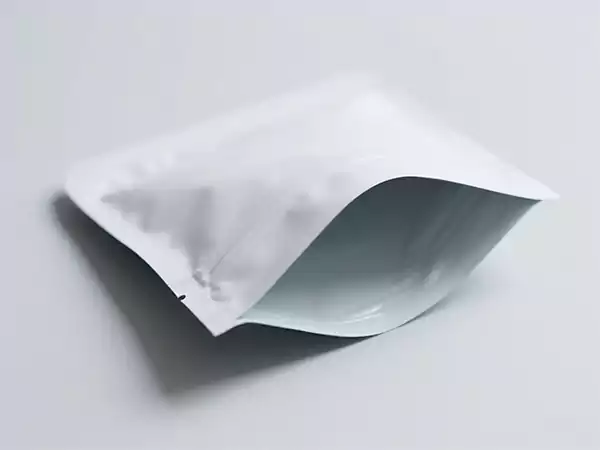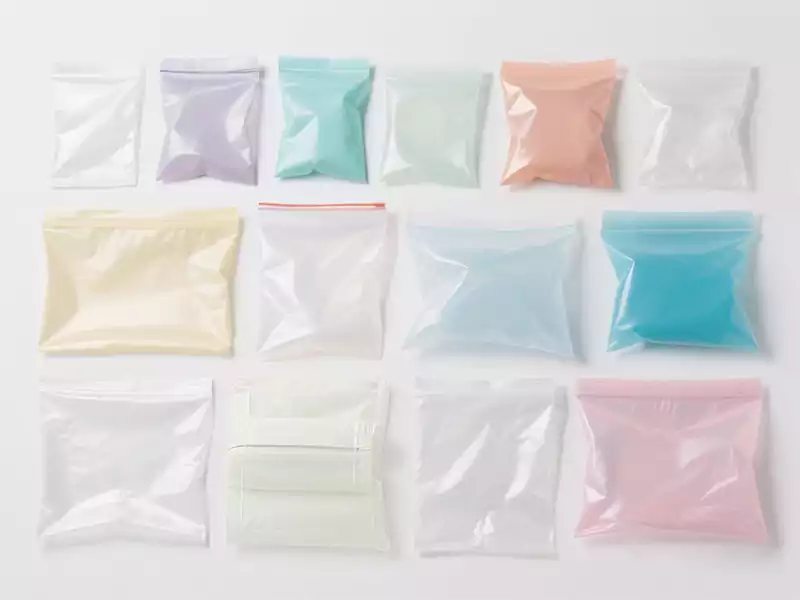In the modern printing industry, efficiency, speed, and accuracy are vital to staying competitive. One technology that plays a crucial role in achieving these goals is the friction feeder. By automating material feeding, friction feeders enhance productivity, reduce waste, and streamline workflows. This article explores the key benefits of using friction feeders in the printing industry, as well as how they integrate with other advanced technologies like inkjet printing conveyors and industrial inkjet printing systems.
What is a Friction Feeder?
Before we dive into the benefits, let’s first understand what a friction feeder is and how it works. A friction feeder is a machine designed to automatically feed materials into production lines using friction. It consists of rollers or belts that move the material forward into the next stage of the process. Friction feeders are particularly beneficial in the printing industry because they ensure accurate feeding of materials like paper, plastic, or labels, which is crucial for high-quality printing and packaging applications.

What is the meaning of friction feed?
Friction feed refers to a feeding method in which materials (such as paper, labels, or cards) are moved forward using friction, rather than suction or other forces. This process relies on rollers or belts that create friction to slide materials forward with controlled movement. The result is smooth and consistent feeding, which is ideal for high-speed, high-precision applications.
Is Friction Good or Bad?
Is friction good or bad? In the context of friction feeders, friction is definitely good! Unlike other feeding systems, such as vacuum feeders, friction feeders rely on a controlled amount of friction to push material smoothly and accurately, and are suitable for more materials than vacuum feeders.
The controlled friction helps to:
- Increase precision: Ensuring materials are fed into the printing press or conveyor with minimal error.
- Improve speed: Friction feeders can operate at high speeds, which is essential for high-volume printing operations.
- Prevent damage: The friction used in these systems is gentle enough to prevent tearing or misalignments, making it ideal for materials of varying thickness and texture.
So, in the case of friction feeders, friction is a beneficial force that helps streamline production and enhance overall efficiency.
Returning to the subject the main advantages of using friction feeders in the printing industry are roughly divided into the following important points:
1. Increased Speed and Efficiency
One of the standout features of friction feeders is their high-speed operation. These systems can feed materials at impressive speeds, which is essential for modern printing presses that need to process large volumes of material quickly.
- Continuous operation: Friction feeders can operate continuously without frequent stoppages, ensuring that materials are fed into production lines smoothly.
- Boosted productivity: The faster and more efficient feeding of materials helps printing companies meet tight deadlines while maximizing output.
In combination with an inkjet printer for production lines, friction feeders can boost production speed by ensuring that materials are fed quickly and accurately into the printing press, reducing idle time.

2. Improved Accuracy and Reduced Waste
Friction feeders offer precise material handling, ensuring that each sheet, label, or card is fed into the system with perfect alignment. This accuracy is particularly important in the printing industry, where even a small misfeed can lead to wasted material and reduced print quality.
- Reduced misfeeds: By ensuring accurate material feeding, friction feeders minimize the risk of jams or misalignments.
- Higher print quality: Accurate feeding leads to better print results, especially when used in conjunction with inkjet coding to print variable data like dates, barcodes, and serial numbers.
When using industrial inkjet printing systems, precise feeding is key to ensuring that the print output matches the intended design and is free from errors.
3. Versatility in Material Handling
Friction feeders are incredibly versatile and can handle a wide range of materials, from paper and cardboard to plastic and flexible packaging materials.
- Adaptable to different material types: Whether you’re printing on paper, plastic, or any other substrate, friction feeders can accommodate various sizes, thicknesses, and textures.
- Ideal for printing on plastic: Printing on non-porous surfaces like plastic requires specialized techniques, and friction feeders are perfect for feeding such materials accurately into printing systems. How can I print on plastic? By integrating friction feeders with inkjet printing conveyors, printing directly onto plastic is easy and efficient.
This versatility is a major benefit for printing businesses that handle a wide variety of jobs or customized print runs.

4. Reduced Labor Costs and Increased Automation
Friction feeders are an excellent solution for automating the feeding process, which can reduce the need for manual intervention. With automation comes a reduction in labor costs and a more efficient production workflow.
- Less reliance on manual labor: Automated material feeding reduces the need for operators to manually adjust or feed materials into the system.
- Increased efficiency: Automation not only cuts down on labor but also reduces the potential for human error, ensuring a smoother and more reliable process.
When combined with handheld coding solutions like handjet printing, friction feeders provide a fully automated solution that reduces downtime and increases production speed.
How Friction Feeders Integrate with Inkjet Technology
Friction feeders are not only essential for feeding materials into presses, but they also integrate seamlessly with inkjet technologies, enhancing the printing process.
Inkjet Printing Conveyor: Friction feeders work well with inkjet printing conveyors to streamline the process of printing on moving materials. The continuous flow of materials through the conveyor and feeder ensures high-speed, high-precision printing.
Inkjet Coding: For industries requiring variable data printing (such as batch codes, expiration dates, or serial numbers), friction feeders provide a reliable feeding mechanism. With industrial inkjet printing systems, friction feeders can help print high-quality, readable codes consistently across materials.
Handjet Printing and Handheld Coding: These portable coding systems can also benefit from friction feeders by ensuring that products on the production line are fed smoothly for high-quality handheld marking.

Conclusion
Friction feeders offer a wide range of benefits for the printing industry, from increasing speed and efficiency to improving accuracy and reducing waste. By automating material feeding and reducing manual labor, friction feeders help streamline production lines, ensuring higher productivity and quality.
When combined with inkjet printing conveyors, industrial inkjet printing systems, and other advanced technologies, friction feeders elevate printing operations to a new level of precision and efficiency. If you’re looking to improve your printing processes, integrating friction feeders is a step in the right direction.
Ready to streamline your printing operation? Learn more about how friction feeders can help improve your workflow, or contact us for a consultation on integrating inkjet printing systems and handheld coding into your production line.




